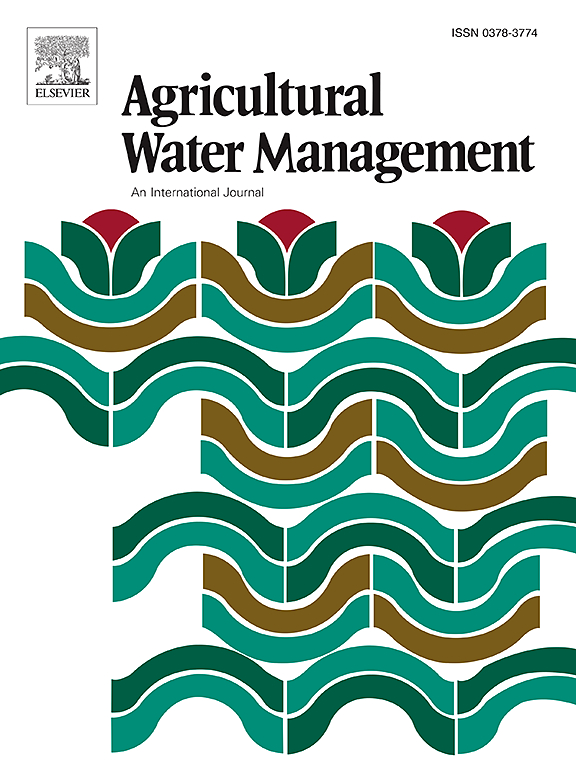‘They adopt, I also adopt’: The neighborhood effects and irrigator farmers’ conversion to adopt water-saving irrigation technology
IF 5.9
1区 农林科学
Q1 AGRONOMY
引用次数: 0
Abstract
Promoting water-saving irrigation technology (WSIT) has long been recognized as an effective measure to reduce irrigation water use and alleviate regional water poverty. Neighbours are the groups with the most interaction, the most intensive contact and the most frequent communication in agricultural production. In this paper, based on a field survey of irrigator farmers of China, experiments were conducted to evaluate the contribution of neighbour effect to farmers’ WSIT behaviour and its moderating mechanism between neighbour effect and technology adoption. The results show 26.7 % farmers adopt water-saving technology and these farmers often have strong neighborly relationships. In particular, neighbor effect significantly promote WSIT adoption by 42.1 % and farmers with strong neighborly effects apply significant higher technology compared to farmers with weak neighbourly effects. Furthermore, mechanism results indicated that neighbour effects indirectly influence farmers' adoption of water-saving irrigation technology through three pathways: reducing information search costs, mitigating agricultural production risks and benefiting from the demonstration effect. Moreover, the heterogeneous results report that higher-income, lower digital and lower training frequency farmers will benefit more from the NE in terms of WSIT. Overall, this research provides a micro foundation and policy implications for the promotion of WSIT, and sheds light upon how the government can formulate relevant policies to promote the sustainable development of agricultural water resources.
他们采用,我也采用":邻里效应与灌溉农民采用节水灌溉技术的转变
推广节水灌溉技术(WSIT)早已被认为是减少灌溉用水、缓解地区水资源贫困的有效措施。邻里是农业生产中交往最多、接触最密切、交流最频繁的群体。本文基于对中国灌溉农户的实地调查,通过实验评估了邻里效应对农户 WSIT 行为的贡献及其在邻里效应与技术采用之间的调节机制。结果表明,26.7% 的农户采用了节水技术,而这些农户往往有很强的邻里关系。特别是,邻里效应极大地促进了 42.1%的农民采用 WSIT,与邻里效应弱的农民相比,邻里效应强的农民采用的技术明显更高。此外,机制结果表明,邻里效应通过三种途径间接影响农民对节水灌溉技术的采用:降低信息搜寻成本、降低农业生产风险和受益于示范效应。此外,异质性结果表明,就节水灌溉技术而言,高收入、低数字和低培训频率的农民将从邻里效应中获益更多。总之,本研究为推广 WSIT 提供了微观基础和政策启示,并为政府如何制定相关政策以促进农业水资源的可持续发展提供了启示。
本文章由计算机程序翻译,如有差异,请以英文原文为准。
求助全文
约1分钟内获得全文
求助全文
来源期刊

Agricultural Water Management
农林科学-农艺学
CiteScore
12.10
自引率
14.90%
发文量
648
审稿时长
4.9 months
期刊介绍:
Agricultural Water Management publishes papers of international significance relating to the science, economics, and policy of agricultural water management. In all cases, manuscripts must address implications and provide insight regarding agricultural water management.
 求助内容:
求助内容: 应助结果提醒方式:
应助结果提醒方式:


